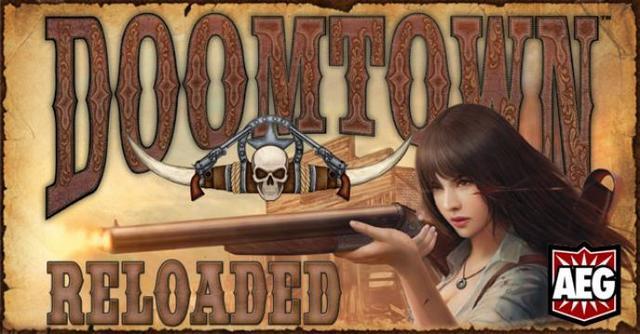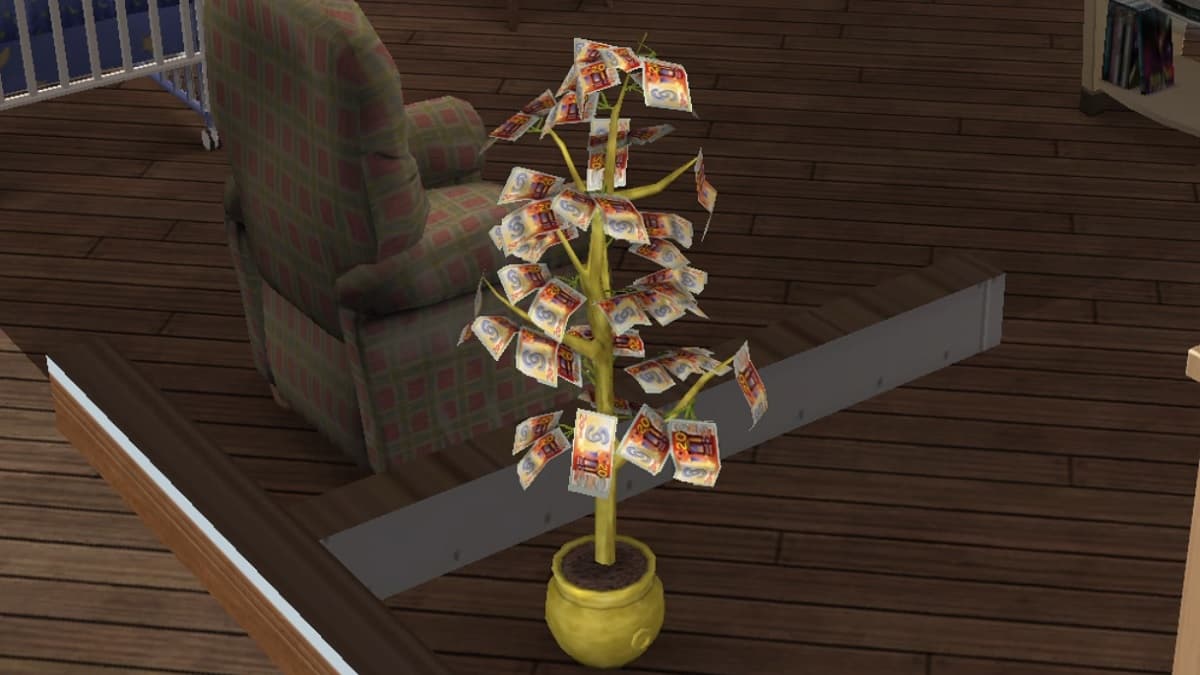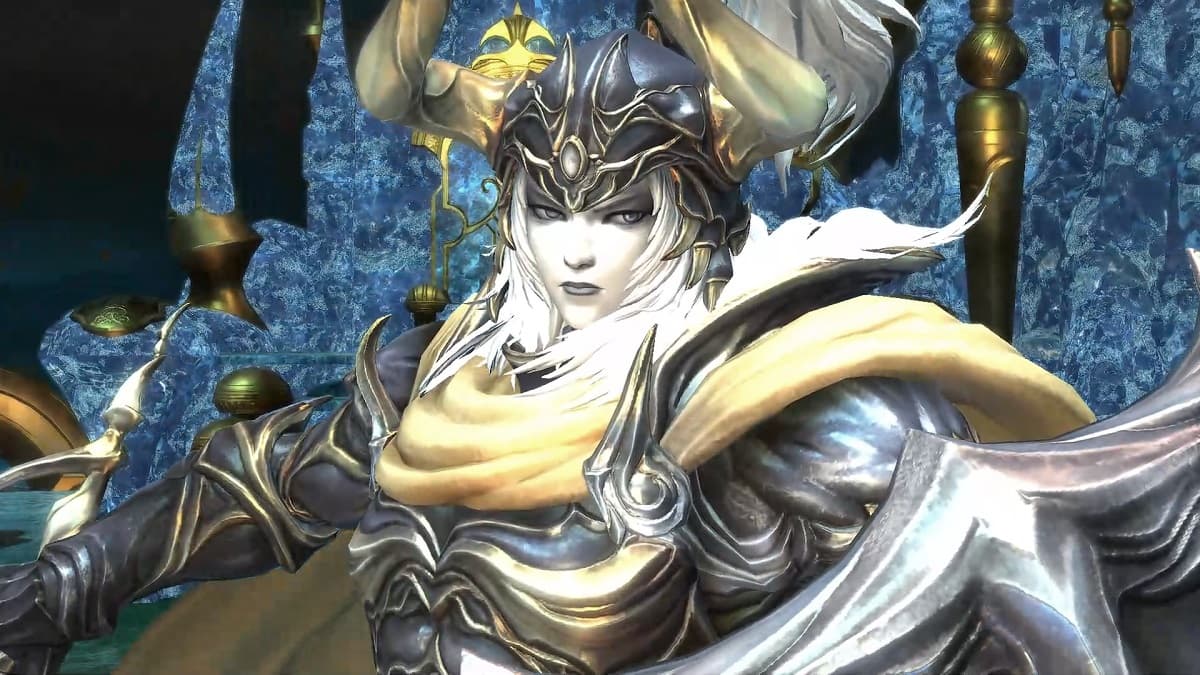Several weeks ago, I had the opportunity to sit down with one of Doomtown: Reloaded’s lead designers, Mark Wootton. We discussed design decisions, the popularity of the game, and what players should expect from the game in the future. This interview was conducted right after Double Dealin’ came out. Since then, Election Day Slaughter has been released, and Faith & Fear is only a few days away.
Landon: What were some of the factors that led AEG to bring back Doomtown?
Mark: Clearly there was still a dedicated following to Doomtown. It was considered a highly innovative game when it came out and certainly the mainstream interest in poker has increased over the last ten years. Poker has a stronger identity and people are more familiar with the concept, as well as knowing there was a market out there for card games in a non-collectible format. So, I think it was a combination of believing it was a really good game at its core and the resurgence of poker. All of those things made us realize that now was a really good time to look at bringing it back.
The poker mechanic is beautifully synergistic with the theme. One of the great things about Doomtown when it first came out was that you are playing poker hands in the Old West. When you add that to the more recent surge in interest in poker, we felt that Doomtown had an excellent chance. We went back and looked at it with fresh eyes and took what we’ve learned making card games over the past ten years.
Landon: I’ve noticed that the card game community as a whole has learned a few things about card games that are seen as standard now. An example is the usual 3 or 4 copies of a card is the limit.
Mark: When we brought it back, we talked about the new rules. There were some people that felt resistant to that, but at the same time, some of the changes we made, such as the four cards of one suit and value, makes deck construction more interesting and in some ways, makes it easier. I think the truly experienced players find it a touch harder, because they were used to the freedom to use five or more cards of the same value and they had a good understanding of what the implications of cheating were.
We wanted you to make meaningful choices between cheating or not, knowing there would be consequences.
I think for a more novice player, having a stronger framework in place helps. There were several things we wanted to do. We wanted to make cheating much more of a kind of ‘push your luck’ element in the game. When you build your deck and you are making choices before you reveal your shootout hand, we wanted you to make meaningful choices between cheating or not, knowing there would be consequences, but not as severe as we had to have previously.
So something like Jackalope Stampede, which is something I like to cite from the old game, effectively put a card construction limit on deckbuilding. If you didn’t build a deck that could withstand somebody
playing a Stampede on the first lowball hand, you just lost. What Jackalope Stampede did is effectively create and artificial limit on deckbuilding that made players debate putting more than four or five cards of the same suit and value in their decks. We felt that it’s a horrible way to learn that lesson when I’m a new player and I’ve got all these cards that do a really cool things in a deck with 52 aces and I sit down at my first tournament only to get beat by the Jackalope Stampede. If we’re putting cards in the environment that were saying we really want people to limit themselves to putting four or five cards of one suit and value why not just go to that as a rule? You want things to be interesting and you want there to be good combos in there and you want people to build strong decks, but at the same time if they become too good, too strong, or too cookie cutter, where the deck runs itself, then I think the game loses interest.
Cheatin’ describes a five card hand in Doomtown that has more than one card of the same suit and value. Cheatin’ is allowed in game. Cheating still isn’t.
Landon: I’ve seen a Coachwhip kill Wylie Jenks and Steven Wiles before. One of the things I like about the game has been the balance between the four copies rule. Fourth Ring wants to play typically with higher numbers, and that keeps them away from the actions that give instant bullet changes like War Paint or Sun In Yer Eyes so that they can succeed at spell pulls. I’ve already seen some natural balance where multiple actions are all really good and share the same spot, and you just can’t take several copies of all of them.
Mark: That’s an important point. It gives us an opportunity to say cards that have similar effects or cards where we believe the synergy is too strong but we separately like both effects, we can put a self limitation factor on those. These two cards are just the same value so now you have a really strong synergy, but you can only play two of each.
Landon: That’s an advantage that most card games don’t have. They can’t just arbitrarily make players decide between two cards. It’s an interesting element that has given me many a headache in deckbuilding.
Mark: I think it’s an interesting headache, but I think it does give people that are new to the game a slightly less daunting task. Deckbuilding in Doomtown has always been one of the challenges for people. I think the reality is that setting boundaries for people actually helps them with that process, ultimately, when they are new to the game. Then as you get more experience, you start finding it a challenge.
Landon: There doesn’t seem to be any one school of thought that’s considered the “one” and only way to build decks.
Mark: That’s what we wanted. If you look at the hand rank table without a deck limit, the easiest hand rank to build with absolute consistency is five of a kind, because you can build a deck with 52 cards of the same value. If the hand rank table is going to mean anything, you have to change that. There first thing you do is say you can only have sixteen cards of one value. While four of a
kind is still makeable, five of a kind becomes a lot more difficult proposition. It also makes Straight Flushes something worth shooting for because a lot of decks will go for Four of a Kind or Full House. Maybe cheatin’ is something you play around, and Straight Flush has a stronger place there.
I think the other thing we found is that by strengthening the shootout actions, players look and say, “what’s the fallback situation”. Decks that are built around the concept of a straight flush are able to more consistently be able to pull a flush or natural straight where decks built around the full house can get hit by bullet reduction and end up with a two pair situation. The natural fallback position for straight flush decks is a little bit stronger than the natural fallback position for a full house deck. I think the ability to attack bullets with the strengthening of shootout actions has made the hand rank situation more nuanced and therefore, deckbuilding more nuanced. I wouldn’t claim it’s perfect yet, but I think that sort of contention you are talking about is the reason it exists. It’s not just about the consistency of the deck, it’s what’s going to happen when it sees action. When it ends up confronted with difficulties like getting your main stud hit with Sun In Yer Eyes, Pistol Whip, or Pinned Down.
Landon: How has the response been for Doomtown: Reloaded? Has the steam kept going?
Mark: Absolutely, very, positive. Both New Town, New Rules and Double Dealin’ have gotten good reviews online. People have said they are enjoying the way it’s mixing up the environment. We went from a situation at Gencon where people were saying they weren’t sure about Fourth Ring to them now being a strong deck. We said “things change quickly.”
I think the thing that I’ve been encouraged by is the tournament results I’ve been seeing have been quite variable in terms of what has been doing well. There doesn’t seem to be total domination. Which is what you want to avoid. The good news is, with the release of the saddlebags every six weeks, the environment gets shaken up very regularly. It’s not a situation where you can just sit back on your laurels and rest with a deck because something will come out and change it soon enough.
The Morgan Cattle Company deeds and actions based deck did very well at Gencon, but it’s a hard deck to play. I think it’s a very technical deck to play. I think it is still a viable deck type at the moment, but I think it’s not very forgiving of mistakes. I think the Fourth Ring has a very good deck once it gets set up, with cards like Blood Curse and Rumors. It can use things like Paralysis Mark and other things to try and control the situation and the in-town position, but I still think it’s vulnerable to rush and attack which is where Sloane comes in.
I think Sloane is very good at rush attacking and can put pressure on a deck that wants a bit more time. Not insurmountable pressure. A Fourth Ring player playing against a Sloane Rush deck has to play in a very considered way. If the hucksters get Ambushed or Kidnapped, then they have difficult choices to make. So, I think there is a natural counter-balance to the Fourth Ring trying to control town. I think the Law Dogs have that generic ability to put three different starting setups together in starting posses depending on whether they are facing Morgan, Sloane, or Fourth Ring and it’s a good game against all of them. Well played, Law Dogs can beat any of them.
For me, the crunch situation is the balance where some decks are harder to play against others. Some decks really put a crimp on others. Not to the point where one of the decks can’t win, but it puts an emphasis on players doing well at the table. I think that kind of environment has really been what’s helped the game do well and why we’ve seen the saddlebags continue to do well. We’ve been really pleased with how amazingly well Doomtown has done.
The interview continues in Part 2 here.











Published: Mar 28, 2015 11:30 am